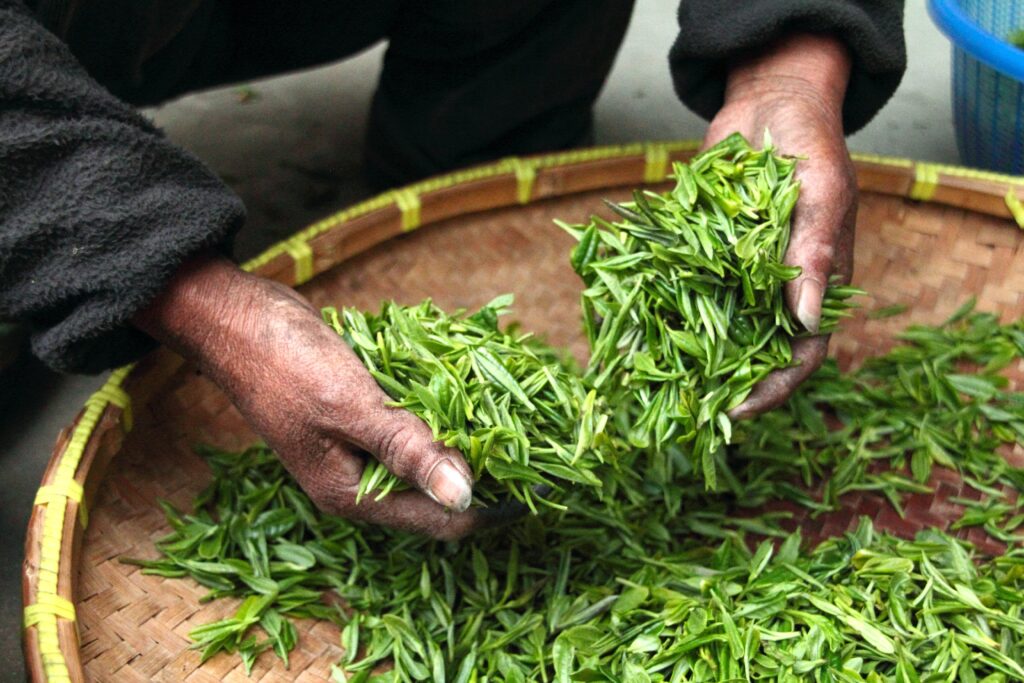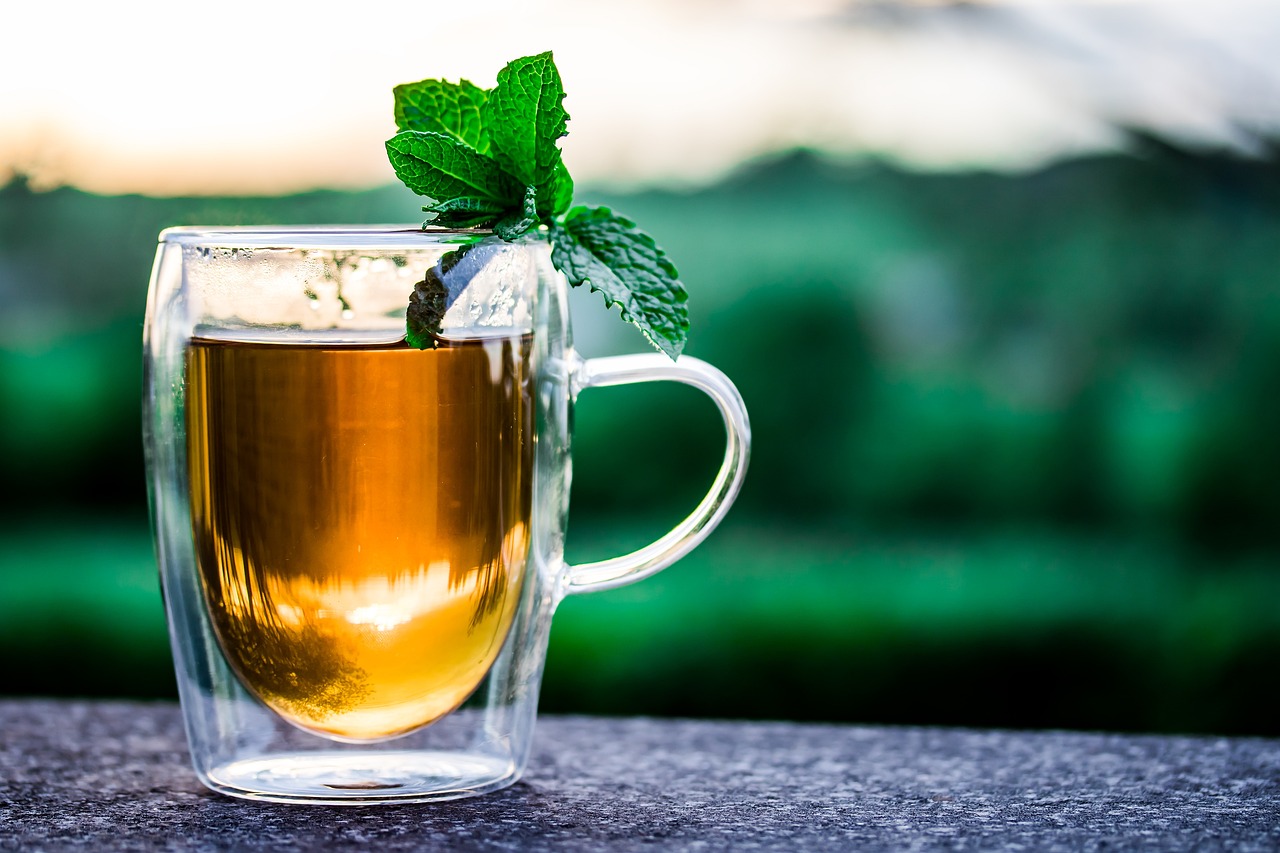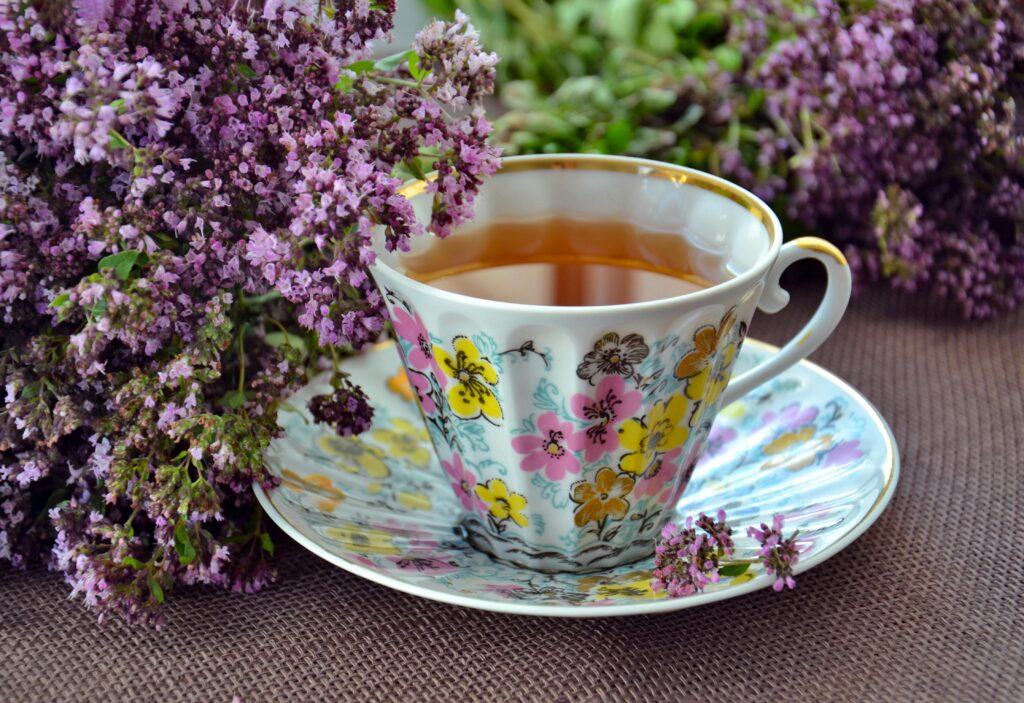by MARSHALL BONE
Legend has it that tea was discovered almost 5,000 years ago when a servant of a Chinese Emperor boiled water and a cheeky breeze blew a dry Camellia sinensis leaf into the water. The Emperor was impressed by the delicious beverage, and thus, tea was born.
Perhaps the caffeine gave him energy, or it was the refreshing aroma of the infused water that had the Emperor hooked. However, from that day on, tea became an important drink and trade commodity. Today, people enjoy it in countless forms from organic tea without any additions to sweetened milk tea with tapioca boba. Let’s discover the true origins and how it became one of the most popular drinks around the world.
Camellia sinensis – The original tea plant
Camellia sinensis is a tree that quietly grows in the southwest regions of China and northern Myanmar. It soon became popular and became a big part of history as it traveled around the world.
At first, the leaves were boiled in water for long periods. The longer the water boiled, the stronger the brew became. Through time, people have tried brewing different variants of tea, such as loose leaf, powdered leaf, compressed tea, tea bags, and even edible tea leaves. People are constantly looking for new ways to enjoy the diversity of tea.
 Tea in China
Tea in China
Between the 6th and 9th centuries CE, tea was a popular beverage in China, especially in monasteries. Lu Yu, an orphan who was raised in a monastery, was so impressed with tea that he wrote an entire book on the subject. It contained information on how to cultivate and prepare tea.
Tea in Japan
During the 8th century, Japanese monks visited China and were introduced to tea. They returned to Japan with tea, and another nation fell in love with these new flavors. Soon, tea will become a national drink.
Tea Travels
Tea remained in Asia for another 700 years, but in 1606, a Dutch ship carried the first load of tea to Holland, and the drink was introduced to the Western world. It quickly spread to neighboring countries, and by 1658, was available in Britain. In the 1640s, Dutch settlers arrived on American soil with tea, and it soon became a fashionable drink for the wealthy and thus a marker of social status.
 A Storm in a Teacup
A Storm in a Teacup
There was a storm brewing, though, because tea was expensive, but the general populace also wanted this beverage. Soon, tea was smuggled into Britain and America. The high prices and taxes created conflict and the masses protested against them.
In 1773, the British East India Company held a monopoly on tea sales to America. In the same year, the Boston Tea Party occurred. Colonial protesters threw around 300 chests of tea into Boston Harbor. This event was a step toward the American Revolution.
Tea From the 19th Century to the Present
Fortunately, tea became more affordable, and everyone could enjoy this brew. New types of tea flavors started emerging, like black tea with its rich, robust flavor and herbal infusions with a grassier taste. White tea has a very delicate but delicious flavor, which comes from minimal processing.
While tea is still used as a delicious and refreshing beverage, some people believe it has health benefits. A caffeine-free tea called Rooibos is brewed for people who avoid alkaloids. Ginger tea is used to settle upset stomachs; peppermint tea is used as a digestive; and chamomile tea is used for its calming properties.
A Deep Drink
The story of tea is an adventure, and it continues even today. In today’s world, there is a shift towards tea and fresh blends for tea enthusiasts. The tea industry is responding, and thus the adventure continues. The next time you have a cup of tea, remember that a small sip of tea has a long and adventurous history.
 Marshall Bone is a writer, copy strategist and all-around stylish guy who has been following trends in GQ for more than two decades. Voted best-dressed both his junior and senior year, Bone has continued this legacy and can be found covering various topics from men’s fashion to self care and grooming. He enjoys reading and is based in the greater Los Angeles area.
Marshall Bone is a writer, copy strategist and all-around stylish guy who has been following trends in GQ for more than two decades. Voted best-dressed both his junior and senior year, Bone has continued this legacy and can be found covering various topics from men’s fashion to self care and grooming. He enjoys reading and is based in the greater Los Angeles area.






